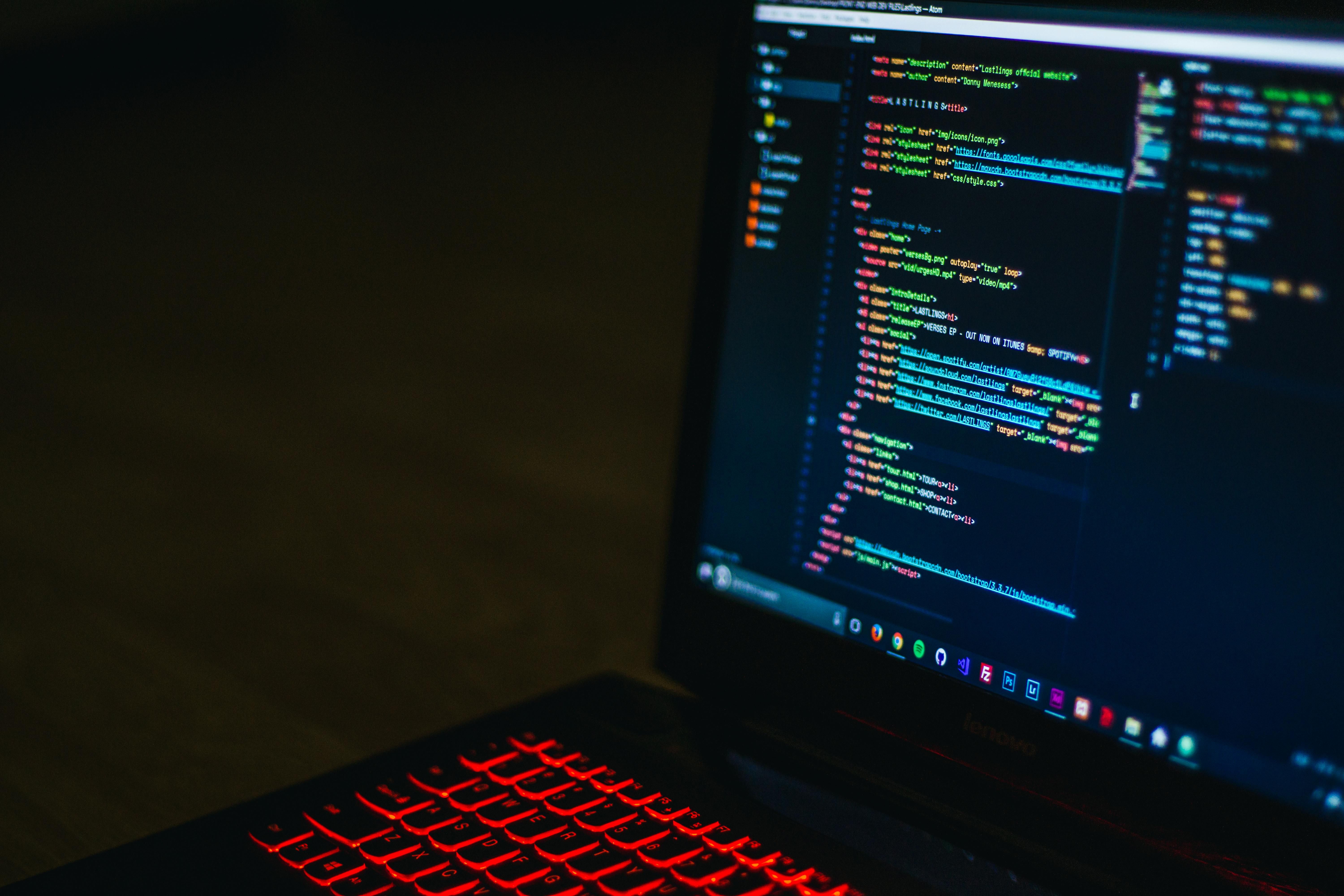After many weeks of living in this completely new reality, many of us got used to working remotely. Working in your pyjamas from your bed, or, once the regulations permitted, from a café while enjoying a cup of coffee… What a convenience!
However, it’s not only comfortable for us, workers. It gives brand new opportunities for hackers. As remote work in unprecedented numbers took hold, hackers preyed upon vulnerable employees who were unfamiliar with how to navigate and, most importantly, protect their devices.
How to protect your data, no matter where you work from? Follow me to uncover the wonders of cybersecurity mesh!
Cybersecurity Threats in 2021
According to Gartner, remote work created something of a new playground for hackers in 2020. I would rather call it a learning ground. Considering the duration of the lockdown and prolonged necessity of working remotely, hackers had a lot of time to master their skills.
Cyber-criminals continue to evolve their technologies and attack strategies to use the COVID-19 pandemic for their phishing campaigns. Their attacks often coincide with major events, such as a surge in new cases or the announcement of a new drug or vaccine. They just want to catch as off-guard and click on a malicious link or attachment or give up sensitive information.
And that’s not all! As Cybersecurity Ventures predicted, business will fall victim to ransomware attacks every 11 seconds in 2021 and the total cost of ransomware will exceed $20 billion globally.
Even that is not enough for cybercriminals. They are also likely to target cloud infrastructures. While using cloud services is very secure, hackers may use employees’ negligence for implementing cyber security features and configuring them correctly.
It also applies to IoT solutions. As more and more organisations are implementing IoT devices and apps, cybercriminals can leverage IoT security weaknesses to gain access to network.
The Future of Cybersecurity
As Brian Burke, research vice president at Gartner, said, “We’ve passed a tipping point — most organizational cyberassets are now outside the traditional physical and logical security perimeters.” Company information is now more distributed than ever.
According to Gartner, the only foolproof solution to ensure safety while accessing information from any device, anywhere, is cybersecurity mesh.
Mentioned as one of the biggest trends of 2021, cybersecurity mesh is rather a concept than a fully developed protection. As Gartner defines it, it’s “a distributed architectural approach to scalable, flexible and reliable cybersecurity control.”
Doesn’t say much? Don’t worry, I’ll break it down to you. The main objective of cybersecurity mesh is to enable anyone to access any digital asset securely, no matter where the asset or person is located.
By defining the security perimeter around the identity of a person or thing, cybersecurity mesh allows only authorised parties to work with given materials regardless of the location. It’s a person’s identity that becomes the key providing accessibility.
Why so? The main goal is to ensure that each access point’s security can be effectively managed from a centralized point of authority, while not providing access to the broader network should a breach occur on a given node.
Cybersecurity Mesh for the Rescue
Developing the concept of cybersecurity mesh may be a much-needed revolution ensuring the safety of sensitive data in the times of intensified remote work.
As Burke said, as “anywhere operations continue to evolve, the cybersecurity mesh will become the most practical approach to ensure secure access to, and use of, cloud-located applications and distributed data from uncontrolled devices.”


